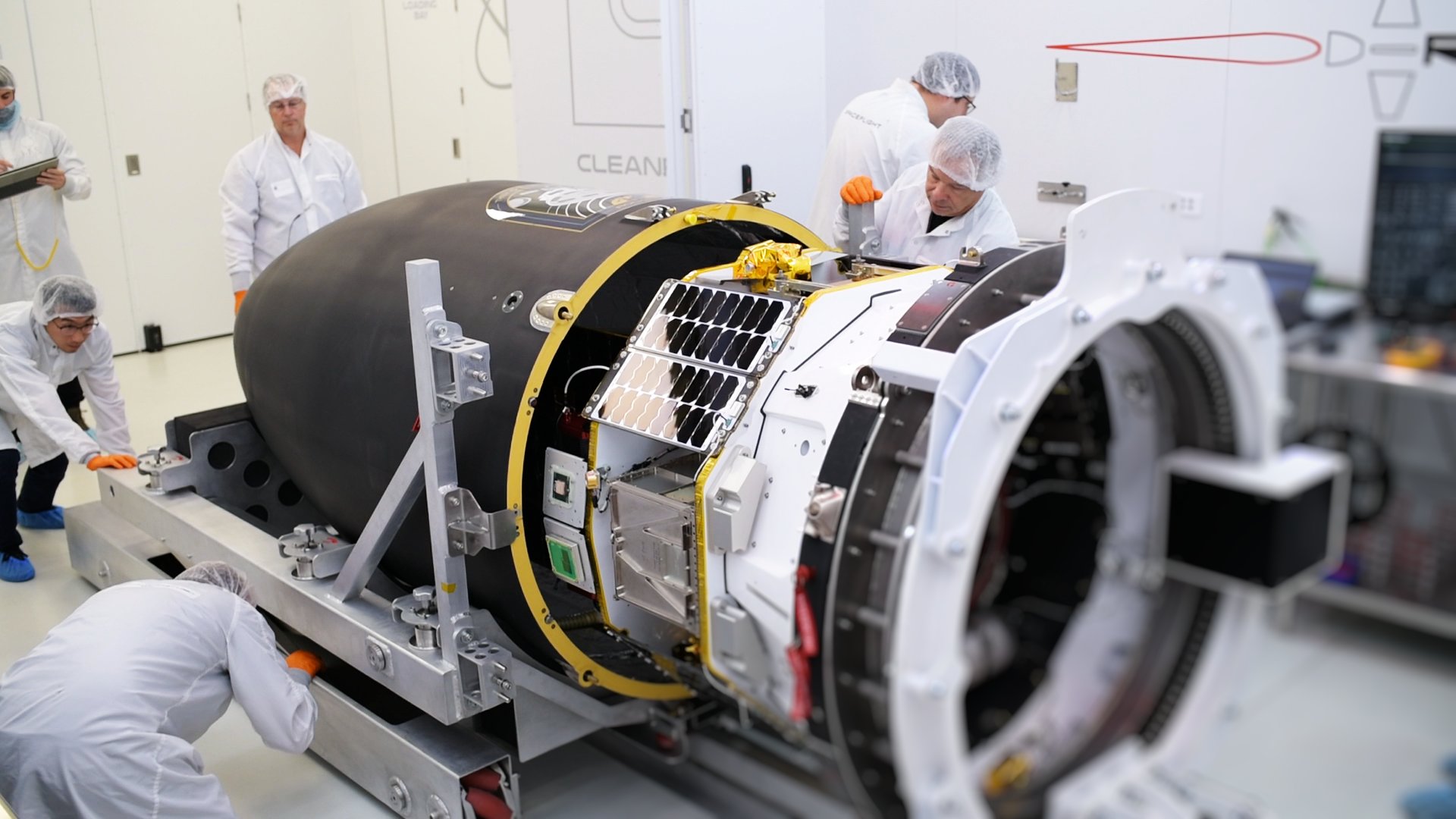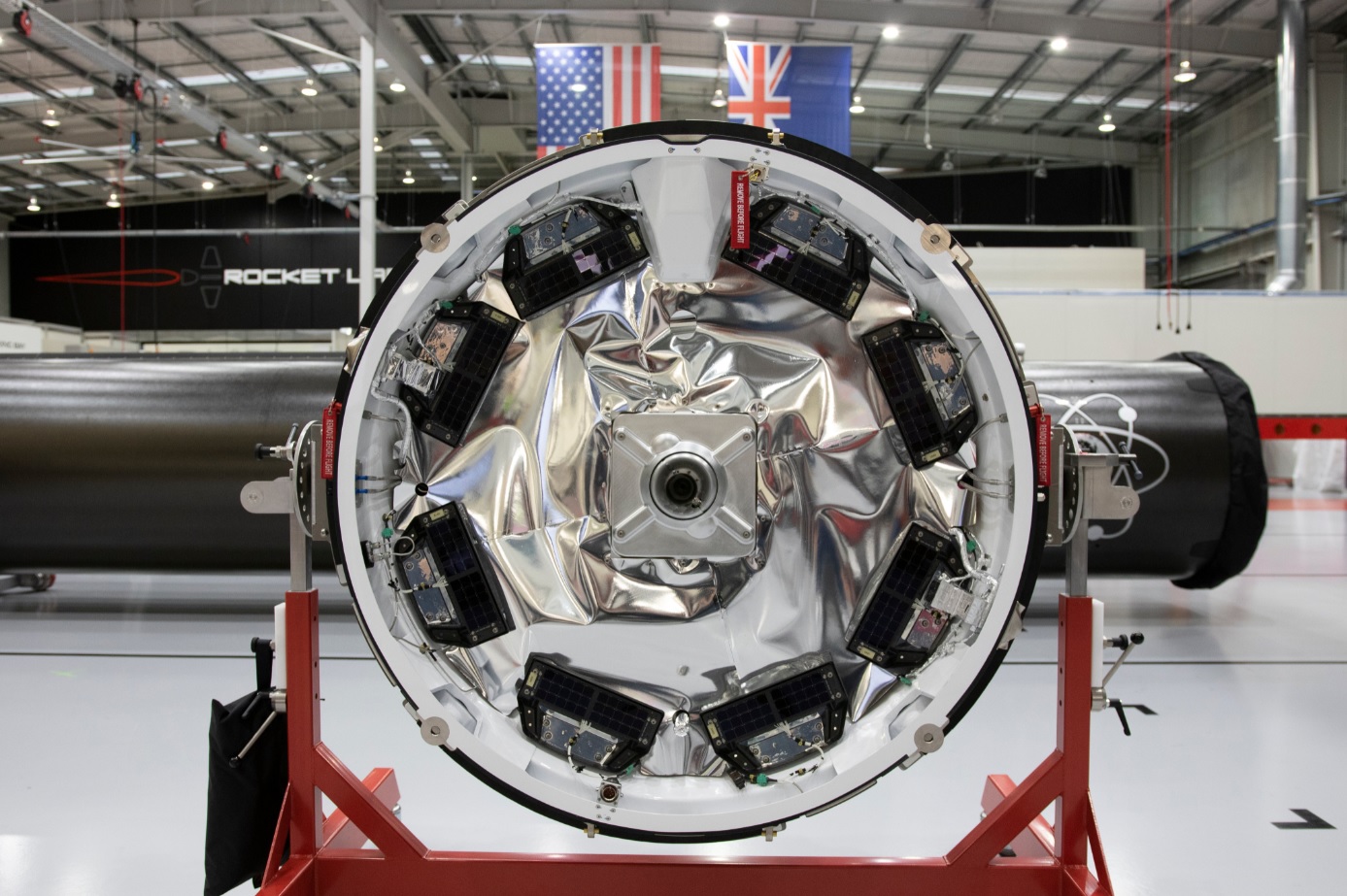
What Is Rocket Lab Photon & Why Is It So Important?
Unfortunately for a lot of the small satellite market, getting your satellite into orbit is not a very simple process. Companies often have to do a lot of work finding the right launch provider along with building additional features to ensure their satellite is put in the correct orbit. Rocket Lab is working to improve this process for different companies with the help of Photon.
Photon is a small additional stage that works with multiple launch vehicles including Rocket Lab’s Electron rocket. Photon’s purpose is to simplify the launch process for the small satellite market. Photon does this by eliminating the additional mass of deployed spacecraft, enabling full use of the fairing, and providing configurable orbits including LEO, MEO, GEO, and even lunar and planetary.
This all works to help encourage different companies developing small satellites to use and work with Rocket Lab’s unique technology. This addition is a big benefit to different satellite companies and helps them focus on the mission-oriented features rather than worrying about getting the satellite into the correct orbit.
What Is Photon’s Purpose?

When launching technology into space, there are a lot of different options you can choose in terms of locations. This includes low Earth orbit, a geostationary orbit, or even the lunar surface and other planets. These are just some of the options that are close enough that with the right technology we are capable of putting satellites, rovers, landers, etc. This is where Rocket Lab’s Photon comes into play. A lot of launch vehicles work in a very similar way. The first stage is used to get a majority of the hard work done and almost leave the atmosphere.
From here the second stage lights its engines and goes the remaining distance finally escaping Earth’s atmosphere and reaching orbit. The cargo is now in orbit but often times the options are very limited. This is exactly where Photon comes into play to help increase the options and simplify the process. Photon is configurable in a way that facilitates a lot of different mission opportunities. This means you are capable of sending satellites to distant planets within the solar system thanks to Photon. Additionally, Rocket Lab has helped improve the launch process with Photon by eliminating the need for customers to develop and add their own technology to help put their cargo in the correct spot.
Benefits Of Photon
Mass & Fairing Use – The first benefit of Rocket Lab’s Photon is enabling full utilization of the fairings. On the Electron rocket, Photon flies as the upper stage. What this means is Photon acts as another stage of the rocket and is not positioned within the fairings. Looking at launch vehicles of practically any size, the space within the fairings is often a limiting factor. The less space within a launch vehicle’s fairings the smaller your cargo intended to go into space will be. This is why saving as much space as possible within the fairings of a launch vehicle is crucial. The alternative would be Photon positioned within the fairings rather than under. This would take up a lot of space and be a hindering factor to the mission. Thanks to Photon not being positioned within the fairings, all that space is available for the cargo.
Not only does Photon help increase the available space within the fairings but it reduces weight as well. Specifically, Photon eliminates the parasitic mass thanks to it flying as the upper stage. A company purchasing a spot on a launch vehicle has two main things to consider. These include the weight and size of the fairings on the rocket. Both are very important and can cost the customer a lot of extra money depending on the scenario. With Photon acting as the upper stage, it’s not within the fairings and doesn’t add to the overall weight of the cargo. Instead, everything within the fairings can be a satellite and eliminate any extra parts or propulsion that would add weight.
Providing Configurable Orbits – The next benefit of Photon I want to mention is the long list of options this technology opens up. Rocket Lab says that Photon is configurable for a range of missions including LEO, MEO, GEO, and beyond, including lunar and planetary. This wide variety of launch destination possibilities is very unique for a small lift launch vehicle such as Electron. Photon is small in comparison to the rest of the launch vehicle but opens up a lot of different opportunities within our solar system. Thanks to Photon being configurable, it can be tailored to meet unique mission requirements. Rocket Lab gives some examples including mass manufacture as a streamlined constellation offering. Another could be a single customized technology demonstration spacecraft. The point being Photon can easily be adapted to the needs of the customer or small satellite market.
Reliability – The last benefit of Photon is the technologies reliability. While the Photon upper stage is relatively new, it’s based on technology that Rocket Lab has a lot of experience with. Specifically, Rocket Lab’s small spacecraft Photon is based on the heritage Electron launch vehicle kick stage. Rocket Lab is leveraging numerous components that have significant flight heritage. This includes the Curie engine, an in-house designed and developed in-space propulsion system. This Electron kick stage has had a lot of success and is the reason some of the key components of that technology are now being used on Photon. Photon is not considered reliable just because of technology but also by the record of mission success. So far there have been 18 kick stages successfully deployed into orbit. There are currently 2 Photon Spacecraft orbiting the Earth. Lastly, with key components such as Sinclair, there have been over 90 missions. This experience combined with the different parts and features of Photon means it is working to become a very unique and reliable piece of technology in the space industry.
Future Use

One of the best benefits of Photon is the simplified process it provides for the small satellite market. It’s important to point out that if Rocket Lab was not providing this additional stage to the rocket then the company purchasing a spot on the launch vehicle would. This is a complicated process that usually involves a lot of different companies and time working to ensure your satellite or cargo will be put in the correct orbit or destination. With Photon, Rocket Lab is providing the launch vehicle and the additional technology to get a satellite in the correct position. The small satellite market doesn’t have to build the spacecraft themselves, instead, they can put all their effort and time into the satellite meant to go into space. This produces a better product, speeds up the process, and makes every party involved more satisfied.
Conclusion
There are a lot of different factors to consider when launching a satellite into space. Looking at the small satellite market, they have to find a launch provider and then fill in the blanks. This includes adding technology or propulsion to ensure that their satellite is not just put in orbit but the correct location. Rocket Lab is working to improve and speed up this process with Photon. Photon is a unique spacecraft that acts as the upper stage of a rocket. Photon simplifies the process thanks to the reduction in mass and fairing use, providing configurable orbits, and more. All of which provide large benefits not only to Rocket Lab but a lot of companies within the small satellite market. We will have to wait and see how Photon continues to work and the impact it will have on the small satellite market.
